Joves
No longer a newbie, moving up!
- Joined
- Dec 14, 2007
- Messages
- 2,400
- Reaction score
- 22
- Location
- Flagstaff/Az
- Website
- joves.smugmug.com
- Can others edit my Photos
- Photos NOT OK to edit
Well Im in the manual and aperture priority depending on what the shot requires. I dont fint scrolling two wheels at once all the difficult in manual to get what I want. I use Aperture when it is a partly cloudy day and, the subjects light level is getting changed every few seconds. Which happens alot in N.Az some days. I cant tweak the setting fast enough at times.
I have nothing against programmed modes or, P for other people but for me it doesnt work.
I have nothing against programmed modes or, P for other people but for me it doesnt work.



![[No title]](/data/xfmg/thumbnail/41/41889-81d59d4994c91e71aaf805b05b133966.jpg?1619739933)

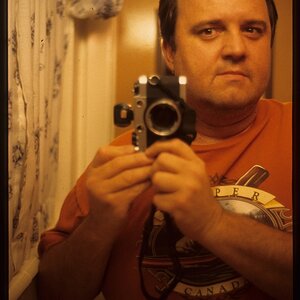
![[No title]](/data/xfmg/thumbnail/32/32636-5a159481dcab8aaf87f2d7b501496db1.jpg?1619735554)
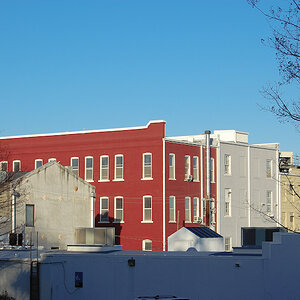

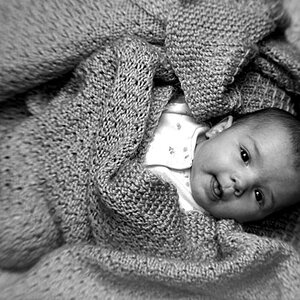
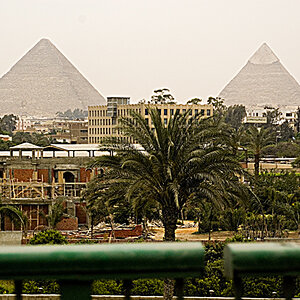
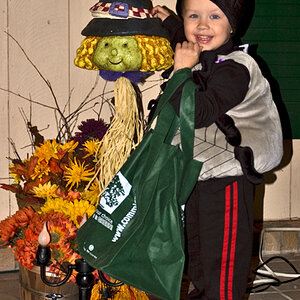

![[No title]](/data/xfmg/thumbnail/42/42256-dce29145f58094ceabbe05c0c8cef7fc.jpg?1619740065)
